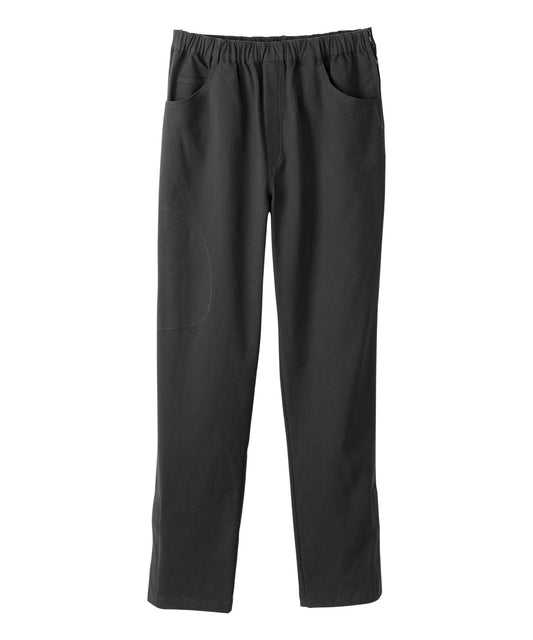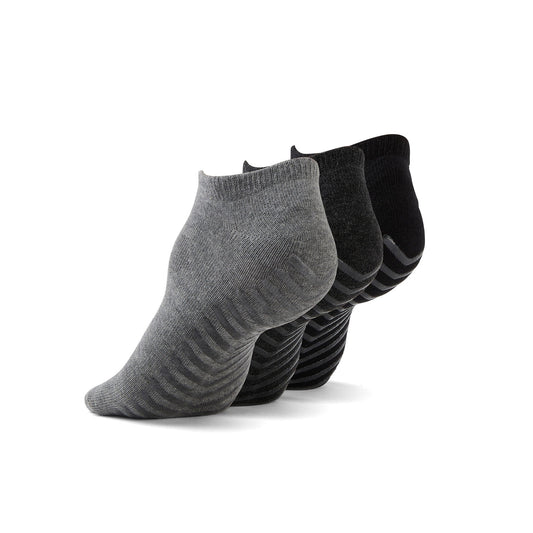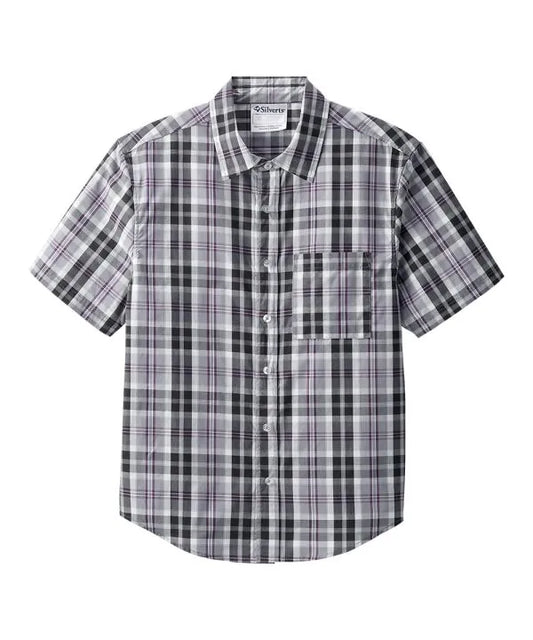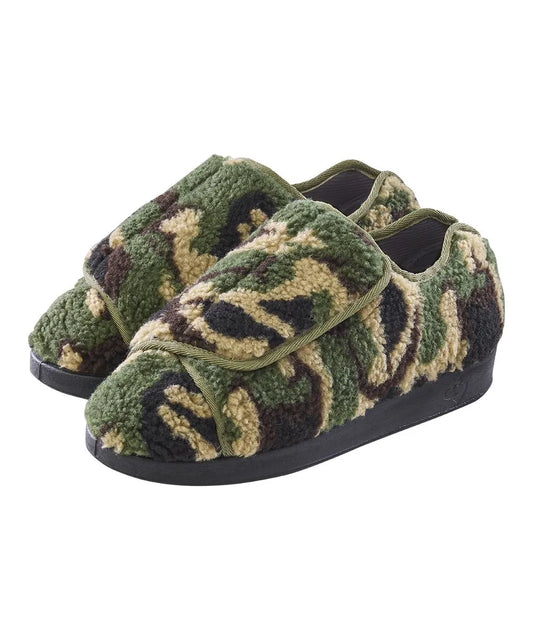Written and reviewed by Lourdes Duah.
Shoe sizing can be difficult to navigate. Without proper preparation beforehand, a shoe-shopping trip can turn into more frustration than it’s worth. You may think you know the right size for you, but it may differ between stores and shoe types, introducing a confusing amount of variety.
Before you spend hours wandering department stores wondering why you’ve measured a size 6, 7, and 8 all on the same day, take some time to prepare so the process is easier. Finding items that suit your comfort levels, physical needs, and personal style is already challenging. Having the right measurements for your feet can at least take one problem off the table.
Proper measurements can also ensure you get the best-sized shoe for your feet. Wearing the wrong size can cause or exacerbate foot problems, so put as much time as you can into getting the correct measurements and finding the right pair of shoes.
If you can get your feet professionally measured, that’s a great option. Some stores may even measure for you so you can get the prep and the shopping done all in one trip. However, you may be shopping online or just unable to get to a store at the moment. There’s still a way to get accurate measurements and better-fitting shoes.
Tips for Measuring
- Make sure you pick the right time of day to take your foot measurements. Your feet will likely be at their largest and most swollen later in the day. Wait until late afternoon or early evening for both measuring and shoe shopping or any shoes you buy might be too tight.
- Keep your measurements up to date. The tissues in your feet change with age. This can alter your shoe size, so use a semi-recent measurement.
- If you’re able, it’s best to take your measurements while standing up. If possible, ask someone else to do the final measurements for you so you can stand up straight. Nike alternatively suggests standing on one foot while slightly bending your knee. If you measure sitting down, press your foot firmly into the ground.
- If you’re planning to wear socks with the shoes you buy, wear a pair of socks that you’d normally wear with that shoe type while taking your measurements
- Make sure you measure both feet instead of relying on one measurement for both. Most people have slightly different-sized feet and the shoes you wear will need to accommodate this. Use the larger measurement when buying; if the shoes are too big for the smaller foot, you can always use inserts. But relying on the measurement of the smaller foot could result in buying shoes that are too tight.
- If the difference between the size of your feet is major, you may need to consider buying separate sizes for each foot
These tips will help you set yourself for the best, most accurate measurements.
How to Measure your Shoe Size
- Put a piece of paper underneath your foot on a hard, level surface. Tape it down to keep it in place.
- Stand on both feet, stand on one foot, or firmly plant your foot on the paper.
- Position a pen or pencil straight up and carefully trace the outline of your foot. This may be difficult to do accurately by yourself. Ask for help with this step if possible.
- Put a marking beside the ball of your foot (your big toe joint) and the back of your heel. Measure the distance to the nearest 1/8 of an inch. This is your arch length.
- Put a marking on the top of the big toe. Measure the distance between this mark and the mark at the back of your heel to the nearest 1/8 of an inch. This is your length measurement.
- Mark the widest parts of your feet and measure the distance to the nearest 1/8 of an inch. This is your width measurement.
Girth Measurement
The shoe company Pedors uses an additional girth measurement that accounts for the volume of the foot. This is especially important for anyone dealing with swollen feet that may change in volume due to the severity of the swelling.
If you’re interested in shopping with Pedors, take your girth measurement by measuring the length around the instep of the foot to the nearest 1/8 of an inch. You can then check the shoe girth tab on any shoe to see if there will be enough room for your feet.
Tips for Shoe-Shopping
With your measurements set, you have several ways to make the shopping process go smoothly.
Online shopping can feel more convenient, but without the chance to try before you buy, you’re more likely to buy something that doesn’t fit right. Shop for shoes in-person whenever possible. If you can’t, make sure to read over the store’s return policy so you know how long you have to return any shoes that don’t fit.
Always try shoes on with both feet. Move your feet around in them and take a few steps. If you’re buying workout shoes, you can even take a short jog down the aisle. Get a good feel for them before making your purchase.
Finally, focus more on your measurements instead of what your shoe size usually is. Each store may size its shoes differently. Your measurements may vary slightly with the time of day, swelling, or other factors, but it will be more consistent than sizing between stores.
What’s Available
Now that you’ve got your measurements, what should you look for in a shoe? What works best for your feet will depend on where you plan to use your shoes, what you’ll be using them for, and whether you have any medical conditions that affect what shoes are comfortable for you. The slippers you wear lounging around the house will almost certainly not be the shoes you wear for a walk with your family.
No matter what you buy, do your best to ensure it’s durable and high-quality. You don’t want to have to pour additional time and money into shoe shopping because of bad manufacturing.
Aside from that, here are some shoe features that may be useful to you, especially if you have a medical condition affecting your feet.
Adjustable Fit
Some shoes mostly fit fine but may have one or two areas that are just a little off. The heel might be too spacious, or it might be a little too tight around your big toe. Shoes that let you customize the fit are a good solution for this. When your shoes are adjustable, you can customize them to fit perfectly in every part of your feet.
There are several adjustments you can look for to show you whether a shoe can be adjusted. Laces are a classic way to adjust the tightness of shoes, but they often don’t work for anyone with lower hand dexterity. Adaptive fashion brands often provide their own solutions. These shoes by JuneAdaptive fasten with an adjustable overlap, letting the user customize the fit. Most JuneAdaptive shoes also use the True Fit system to let customers customize the shoe insoles. The shoes come with two spacers. To make the shoe fit tighter, customers can add one or both insoles. The insoles can be removed if the shoes become too tight. They can also be swapped for custom orthotics if the user has any.

Men's Extra-Wide Comfort Adjustable Shoes with Easy Closures


Women's Wide Walking Shoes with True-Fit System
You’ll especially want to look into adjustable shoes if your feet swell due to medical conditions. Some people with swollen feet may buy wide shoes or buy a size up to accommodate swelling, but this isn’t always the best option. Wide feet are wide due to the actual structure of the foot. Swollen feet happen largely due to fluid buildup throughout the day, which is likely to fluctuate more than a non-swollen wide foot would. Purchasing an adjustable shoe can help mitigate the issue. The option to customize prevents you from dealing with discomfort when your feet swell in shoes sized for your unswollen feet. If the fit is too tight, simply adjust the closure or remove an insole for instant relief.
Anti-slip
Slip-resistant shoes, just like the name suggests, reduce the likelihood of the wearer slipping and getting injured. Many shoes on the market are slip-resistant, but it doesn’t hurt to check the shoes you’re buying. It’s especially important if the shoes will be given to someone at risk of falling. These are also good for anyone whose workplace comes with slip risks. Non-slip shoes are commonly recommended or required for those who work in restaurants.

Men's Wide Easy Slip-on Sneakers without Laces
Beyond these features, you can look for shoes with other added benefits. Slip-on shoes are easy to put on and remove. Any shoes with a loop or some kind of grip at the back can also make them easier to slip on. Look for the footwear that best suits your needs.
Wearing well-fitted shoes is important for preventing discomfort, reducing tripping risks, and preventing foot issues from arising. The buying process, while detailed, doesn’t have to be long, tedious, or frustrating if you’re well-prepared. Taking the best measurements is your first step to comfortable movement all day long.















